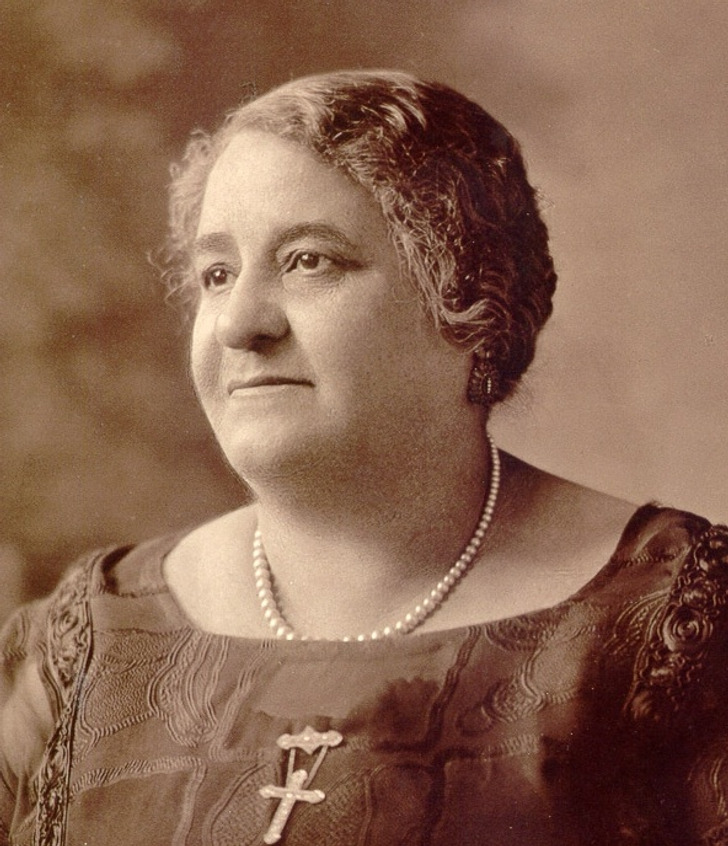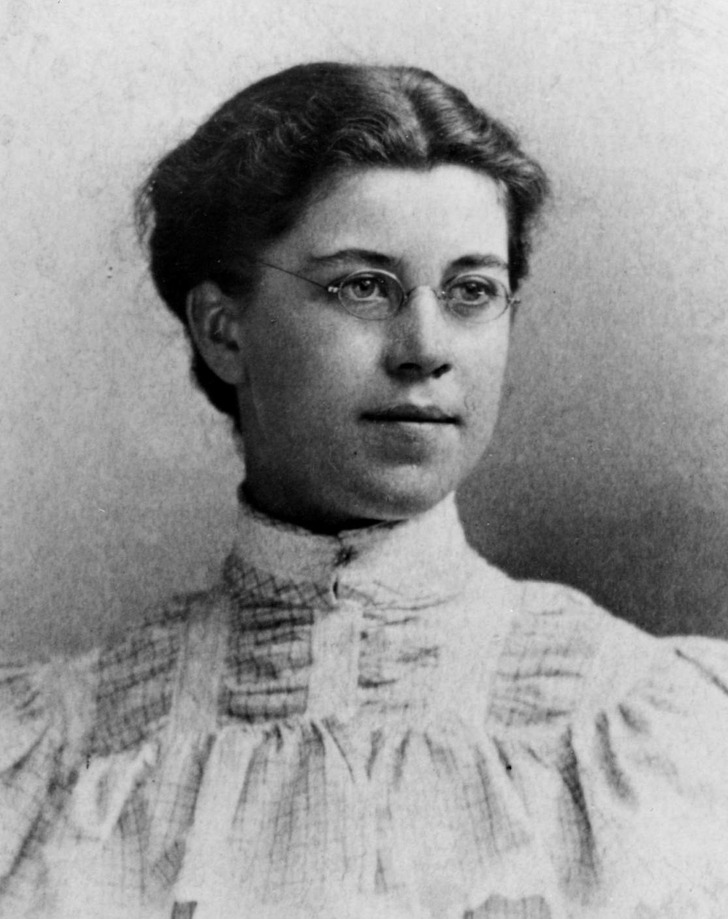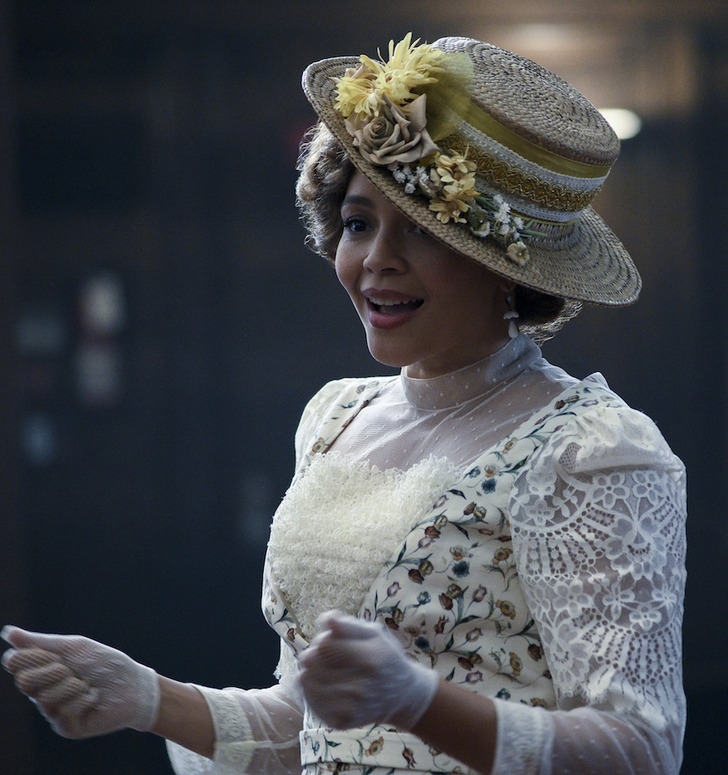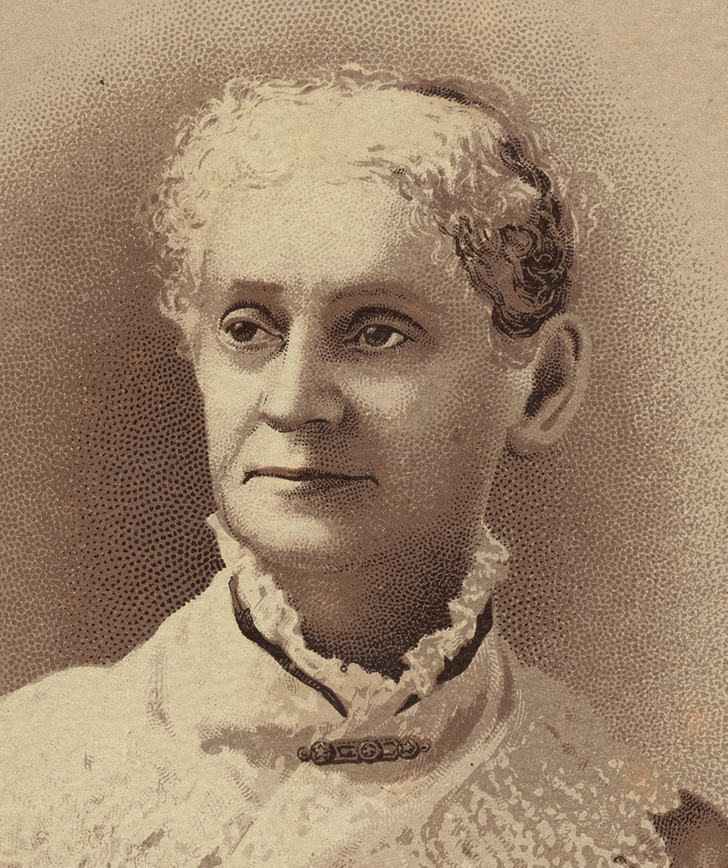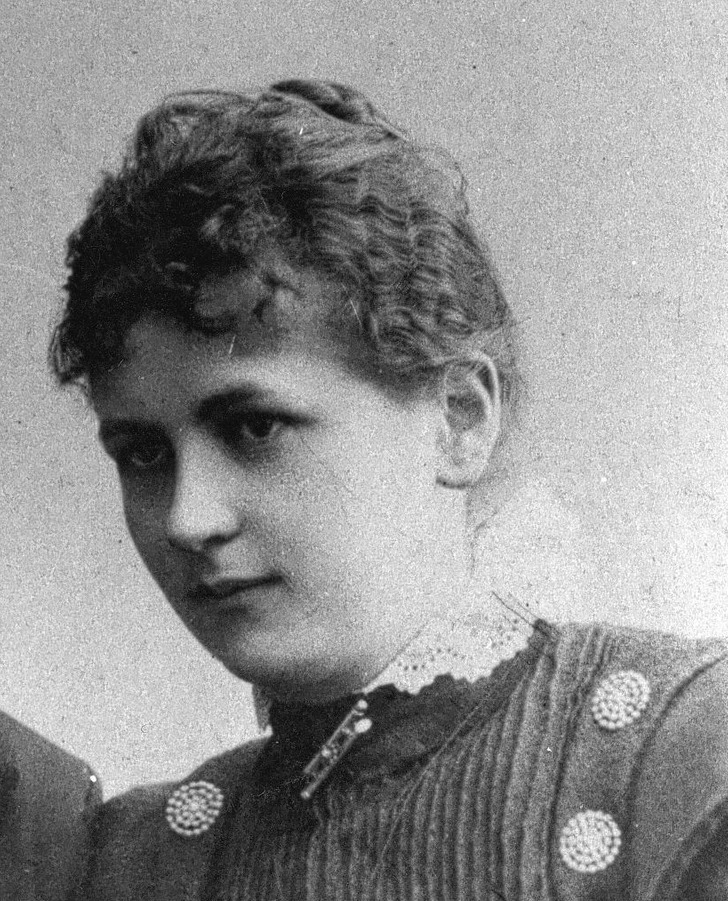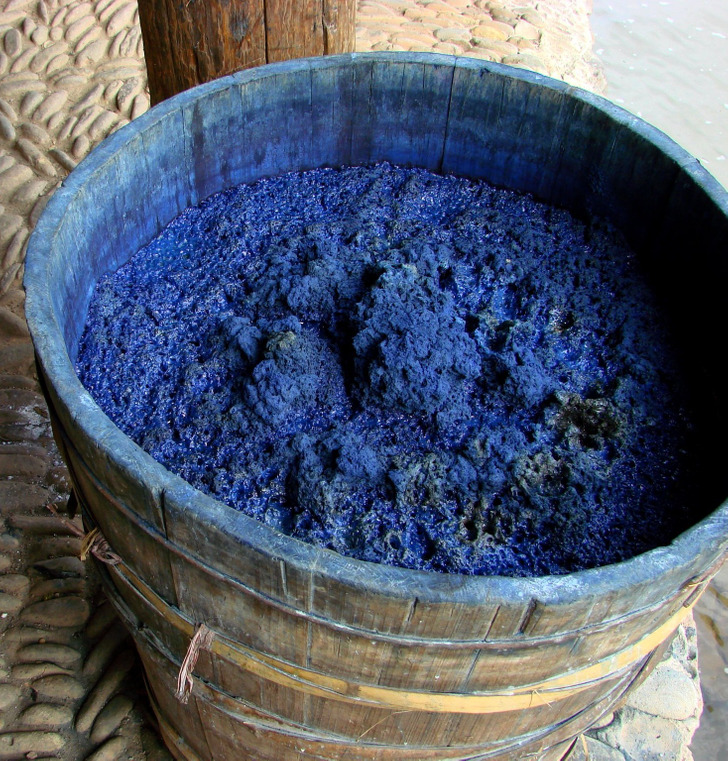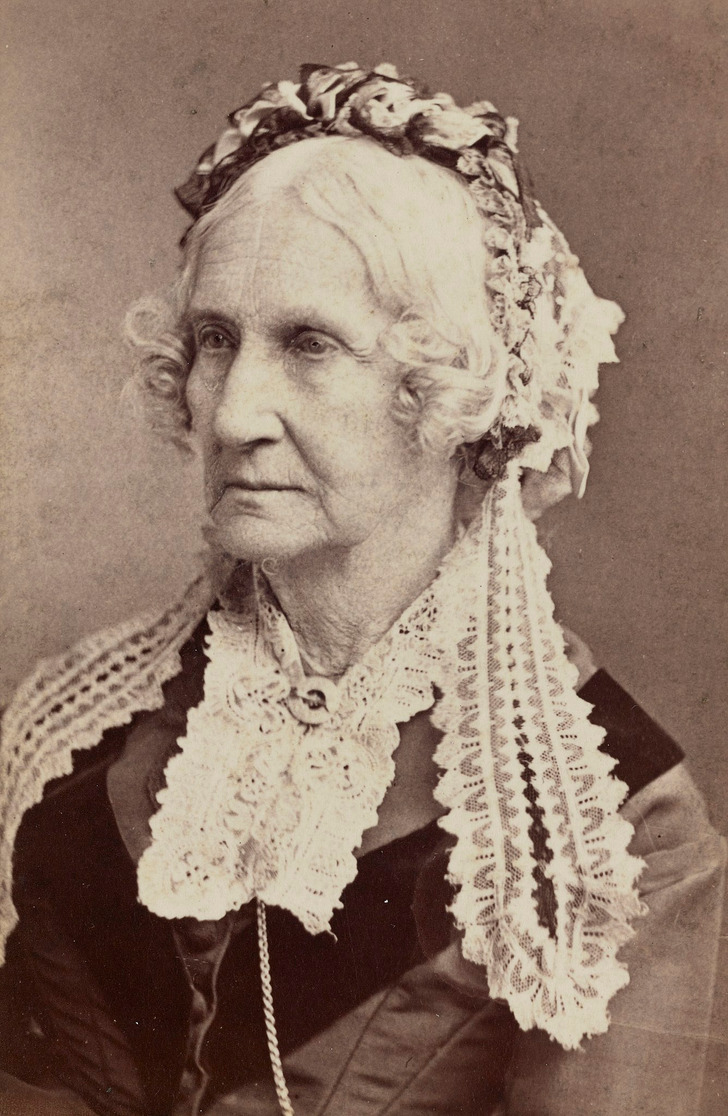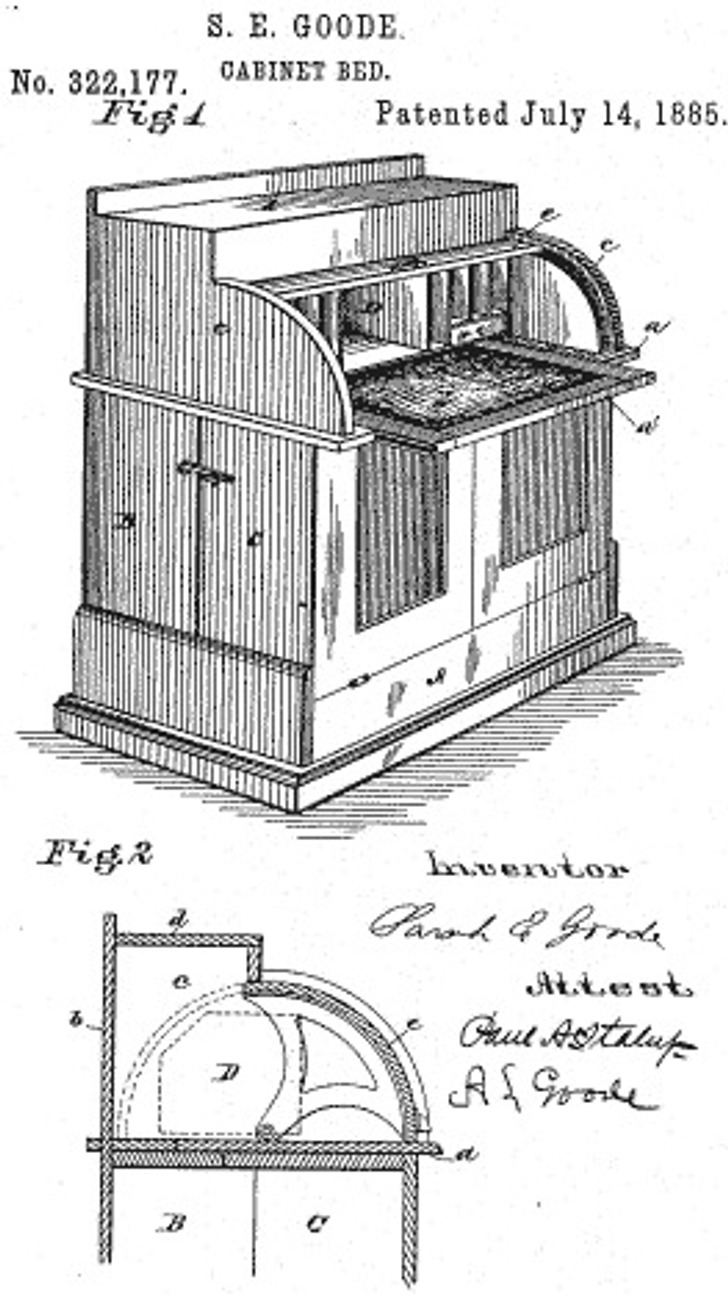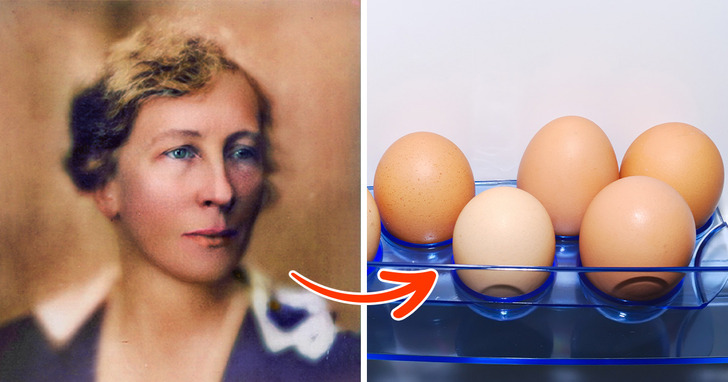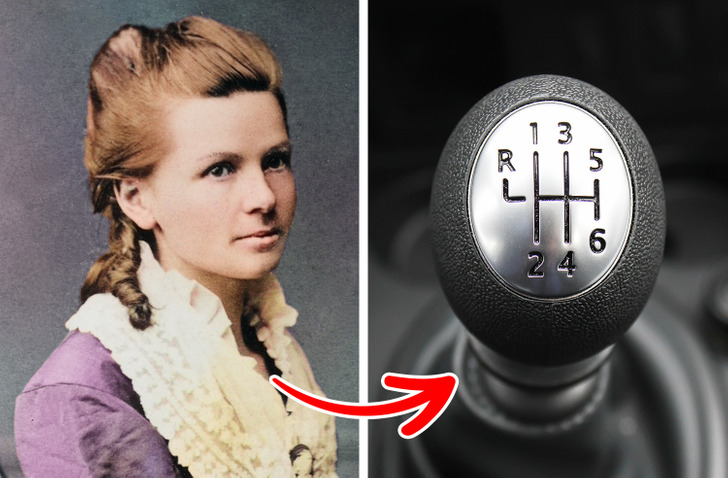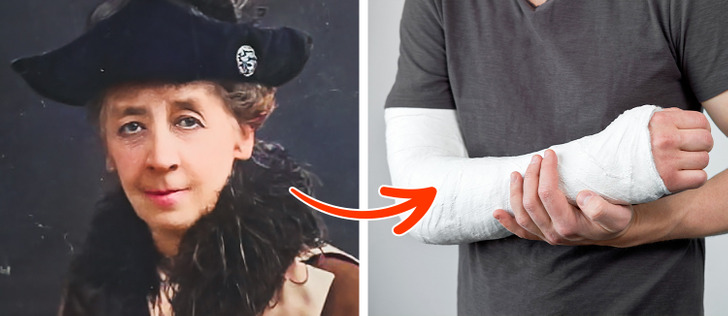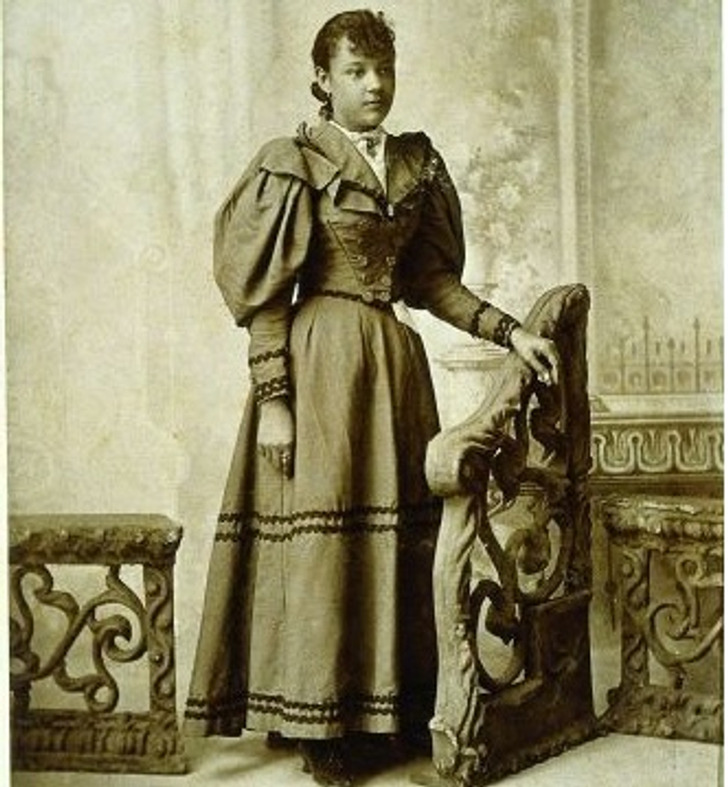13 Inventions and Discoveries Made by Genius Women
Even today, it’s not always easy for women to become successful in business or science. But in the past, female inventors and businesswomen often had to deal with mockery, prohibitions, and other obstacles on their paths to glory. But those challenges didn’t stop them, and thanks to these talented women, the world around us became more comfortable.
Maggie Lena Walker was the first woman to be a bank president.
Walker was the first woman in the US to open a commercial bank. Originally, she chose to become a teacher, but after getting married, she was fired because married women couldn’t work at schools. After that, Walker worked for the charity organization St. Luke, and in 1902, she opened the first African-American newspaper in Richmond.
It was a very profitable business, and with her earnings Maggie was able to open a bank. The St. Luke Penny Savings Bank provided loans and helped members of the community buy at least 600 houses in Richmond.
Katharine Wright helped her brothers with their first successful flight.
It’s possible that the Wright brothers would have never achieved any success in creating the first plane if it hadn’t been for their little sister Katharine. From the age of 14, she did the housekeeping, took care of her father and older brothers, and studied as well. She was the only child in the family to earn a college degree.
Brothers Wilbur and Orville didn’t have any governmental or private financial support for building and testing their inventions. So, Katharine decided to manage their family store, and used the money she earned to support her brothers. She assisted in their correspondence and business affairs and told the press about their achievements. When Orville got injured during their test flight, it was Katharine who aided him.
Annie Malone created a successful haircare product.
In the 19th century, women would use heavy oils and animal fat for hairstyling purposes. These materials were effective for creating and holding styles in place, but they were bad for the hair itself. Everything changed after the appearance of “Wonderful Hair Grower,” invented by Annie Malone. Annie had been interested in chemistry ever since she was a child, and even though she had to stop studying due to being ill often, her knowledge helped her create a special hair product.
At first, Annie had to convince women to buy her products and offer free hair services. But several years later, her business was big enough to create her own salon. By the 1920s, her business earned millions, most of which went to charity.
Lydia Pinkham invented a tonic you can still buy today.
The famous tonic, created by Lydia Pinkham to treat certain problems women have, can still be bought today. Lydia had a life-long interest in creating mixtures from herbal ingredients. At first, she’d just help her friends and neighbors. But when in 1875, the Pinkhams needed money. To support her family, she began to sell her tonic.
Lydia decided to put a picture of herself on the sticker to make the clients trust her, and she soon became one of the most recognized women in the world. Because women wanted to use home-made products at the time, the tonic was incredibly popular.
Melitta Bentz invented a water filter for brewing coffee.
Before the 20th century, people would either pour hot water into coffee and wait for the grounds to go down to the bottom or use a sieve. The latter option had a lot of disadvantages: the drink would get cold quickly and the holes would be clogged. German housewife Melitta Bentz was experimenting in her kitchen, trying to come up with something that could be used a coffee filter.
She saw blotting paper from her son’s exercise book and decided to try making coffee filters with it. This was a revolution in coffee making. In 1908, she patented her invention and soon opened her own company to produce the filters on a large scale. In the 1920s, the small family business turned into a big company, still functioning today.
Eliza Lucas changed the agriculture of South Carolina.
Eliza Lucas was born into the family of a lieutenant governor. At a young age, she was skilled in botany, and this became a life passion of hers. She needed this knowledge at the age of 16 when she started running the plantation in South Carolina. She tried to figure out what else to grow on the lands, aside from rice, to earn more money.
The neighbors laughed at Lucas at the time, but after a series of experiments, the girl was able to plant true indigo that is used to create colorant.
Nancy Johnson made ice cream affordable for anyone.
Before the middle of the 19th century, ice cream production was very difficult. Before Johnson’s invention, it would take hours of manual labor to mix all the ingredients. In 1843, Nancy Johnson, then a housewife from Massachusetts, patented a new ice cream machine. Her method made the process much easier and cheaper. Thanks to her invention, ice cream turned into something anyone could try, and similar machines are still used today.
Sarah Goodie patented the first folding bed.
Sarah Goodie was married to a carpenter and they had a furniture store in Chicago. Usually, they would make furniture for poor clients that needed to furnish their small apartments. The clients would often complain they didn’t have enough room for a normal bed.
So, Sarah designed a construction that could serve as a bed at night, and then lift and fold during the day to become a desk. In 1885, Sarah was the second African-American women to receive a US patent.
Thanks to Lillian Moller Gilbreth, we have shelves on the fridge door and an egg tray.
Lillian Gilbreth had to balance between her successful career and her 12 children, so she knew how important efficiency was in housekeeping. When the Brooklyn Borough Gas Company invited her as an expert to create a project for an efficient kitchen, she dove right into it.
Thanks to her, we have the famous work triangle. She also invented the shelves in the fridge door, egg trays, the pedal that opens the lid of the bucket, and many other things. These seemingly small things decreased the time women had to spend on cooking, dishwashing, and other things at home.
Bertha Benza helped invent braking lining and transmission.
Berth Benz didn’t only help her husband Karl financially in creating his first car, but also helped him promote it. Karl was a talented inventor, but he wasn’t very good at marketing. So, Bertha and her 2 sons made a test run to show how convenient the car was.
During the run, the woman found out what changes needed to be made. Bertha fixed the ignition using a garter, cleaned a blocked fuel line with her hat pin, and replaced the wooden brakes with leather brake linings. She also changed the gear system because the car had trouble going uphill.
Marie Van Brittan Brown invented the first home security systems.
Marie Brown lived in a dangerous New York neighborhood. She worked as a nurse and would rarely be at home. At the time, there were a lot of burglars near their home, and police couldn’t arrive fast enough to prevent crimes. Together with her husband, she designed the first home security system.
It was comprised of peepholes, a camera, monitors, and a two-way microphone. The final element was an alarm button that could be pressed to contact the police immediately. The spouses patented their invention in 1966 and even got an award from the National Scientists Committee. This invention laid the foundation for the systems we use today.
Elinor Hallé invented plaster casts for broken limbs.
Elinor Hallé was born into an art family. She studied sculpture at the Slade School of Fine Art and designed medals. During the first World War, she and another sculptor volunteered with the association that supplied medical dressings.
At the time, broken limbs were fixed with only wooden splints and basic bandages. The women suggested taking a plaster cast of the limb. Then, when the cast had hardened, they could wrap it with papier-mâché. Many doctors continue to use this invention today.
Anna Mangin invented a pastry fork.
For a long time, Anna Mangin worked as a teacher in the Southern states before she met her husband. The young family decided to move to New York. Ann worked as a chef, and her husband transported cargo. Once, she told him that a special fork would be very useful in her work. It would be used for making dough, whipping eggs, and other purposes.
Mangin described what she needed, and her husband quickly made a prototype from wood. The fork was an incredibly convenient tool. Many chefs used it until the invention of electric mixers.
Have you ever experienced discrimination at work?
